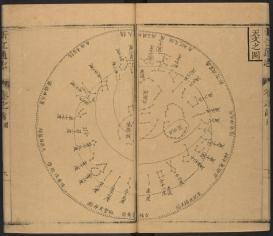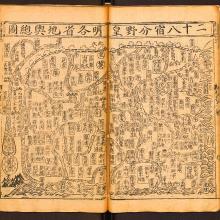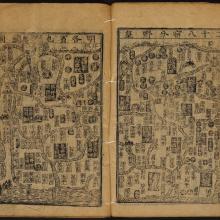First set up in the periods of Spring and Autumn and the Warring States (~770–221 BCE), Fenye is an astrological system that associated political events with celestial phenomena. It was based on the ancient Chinese cosmological concept of an inseparable heaven-, earth-, and human world. The system kept developing throughout the long course of the Han (202 BCE–220 CE) to Tang dynasties (618–907 CE), and gradually lost its political function during the Song dynasty (960–1279). It was heavily criticized by scholars in late imperial China and even by the Qianlong emperor of the Qing dynasty (1644–1911 CE), which contemporary scholars consider to be a major sign of the decline of fenye. In this working group, we bring together intellectual historians and historians of astrology and cartography to examine how fenye became a persistent chapter in Chinese local gazetteers, which were published from the Song era to late imperial times, when fenye gradually lost its political function in the courts. Almost all local gazetteers start by locating their area in terms of affiliated constellations in the sky. By examining how fenye is used and described by the local gazetteers, we aim to unwrap the functions of fenye for low-ranked local officials, local elites, and the general public in late imperial China. In other words, we look at how and why fenye eventually came to serve a much lower class of people at a much later time period than it was originally designed to serve.

Tien weng tu (astrology diagram) in 1684 Zhejiang Provincial Gazetteer, depicting the Twelve Sectors of the sky and their correspondence to the Twenty-eight Constellations.
Working Group
(2021-2024)
Fenye in Local Gazetteers
- Shih-Pei Chen Calvin Yeh Huiyi Wu Tristan G. Brown Jiajing Zhang Mengmeng Sun Daniel Morgan Vera V. Dorofeeva-Lichtmann MARIO CAMS Haohao Zhu Chuanyi Lyu Dan Tan Jingjia Qiu


